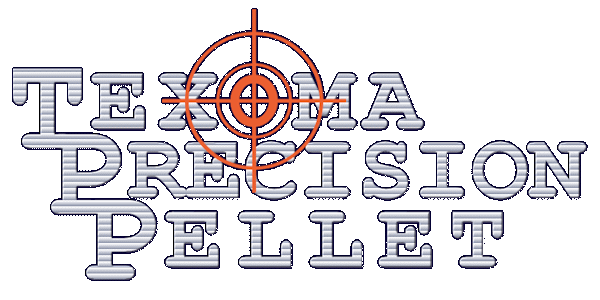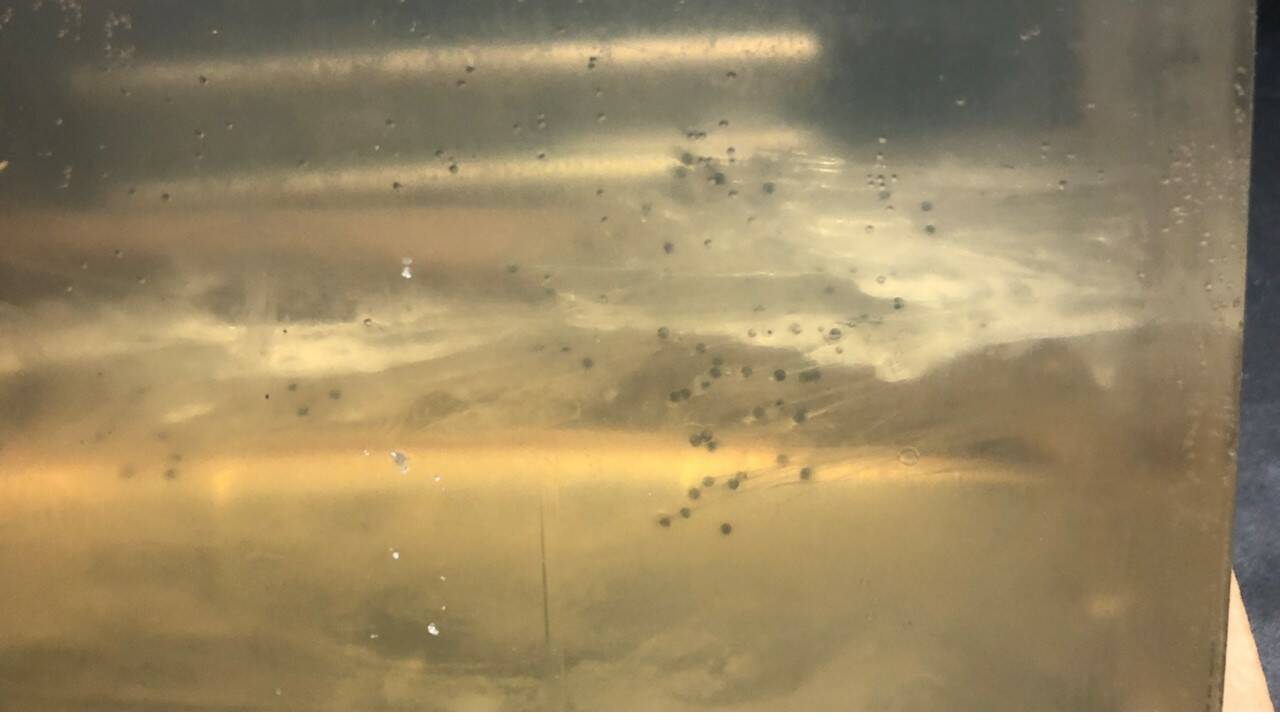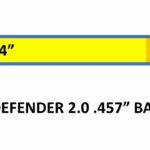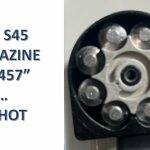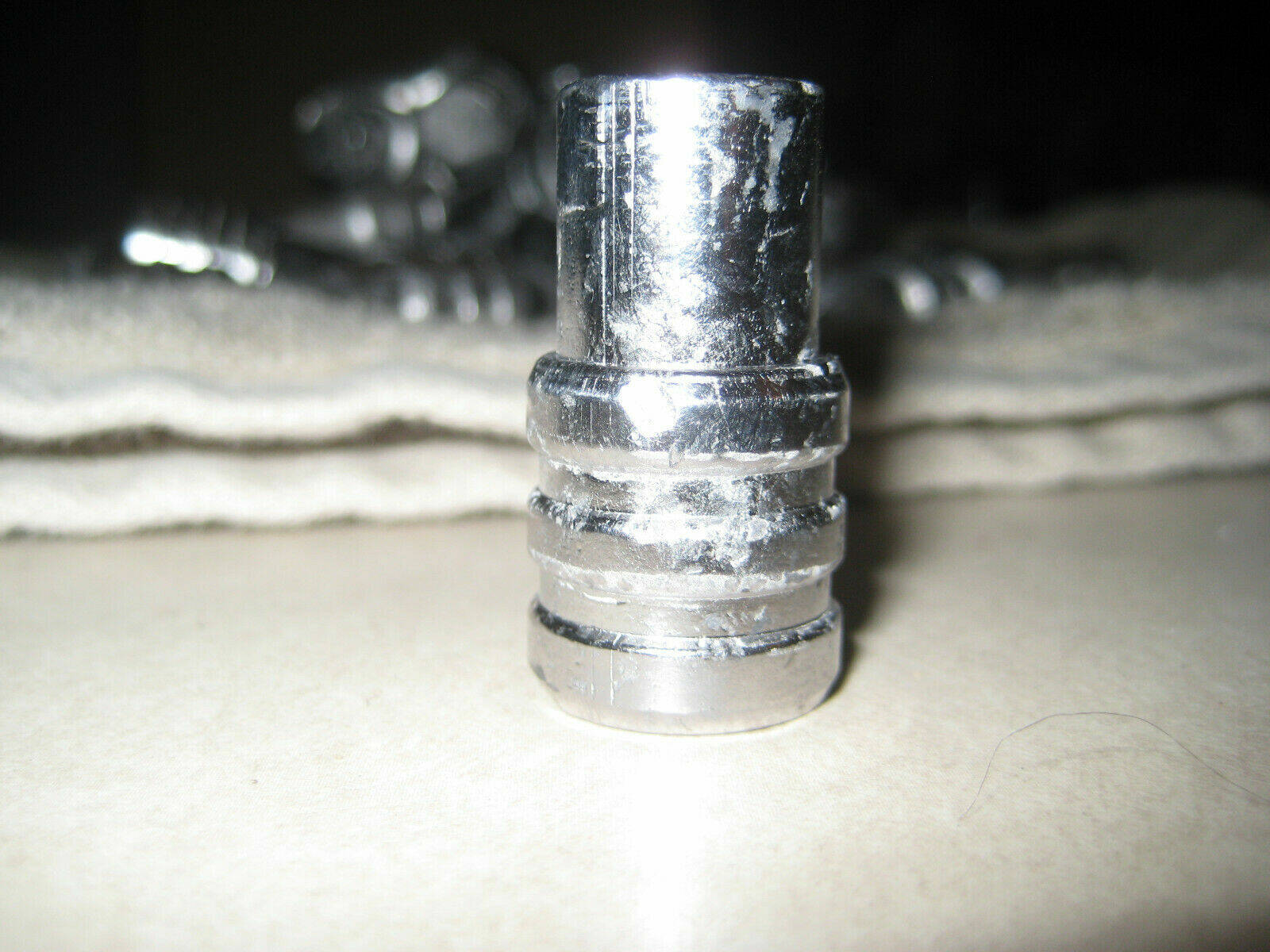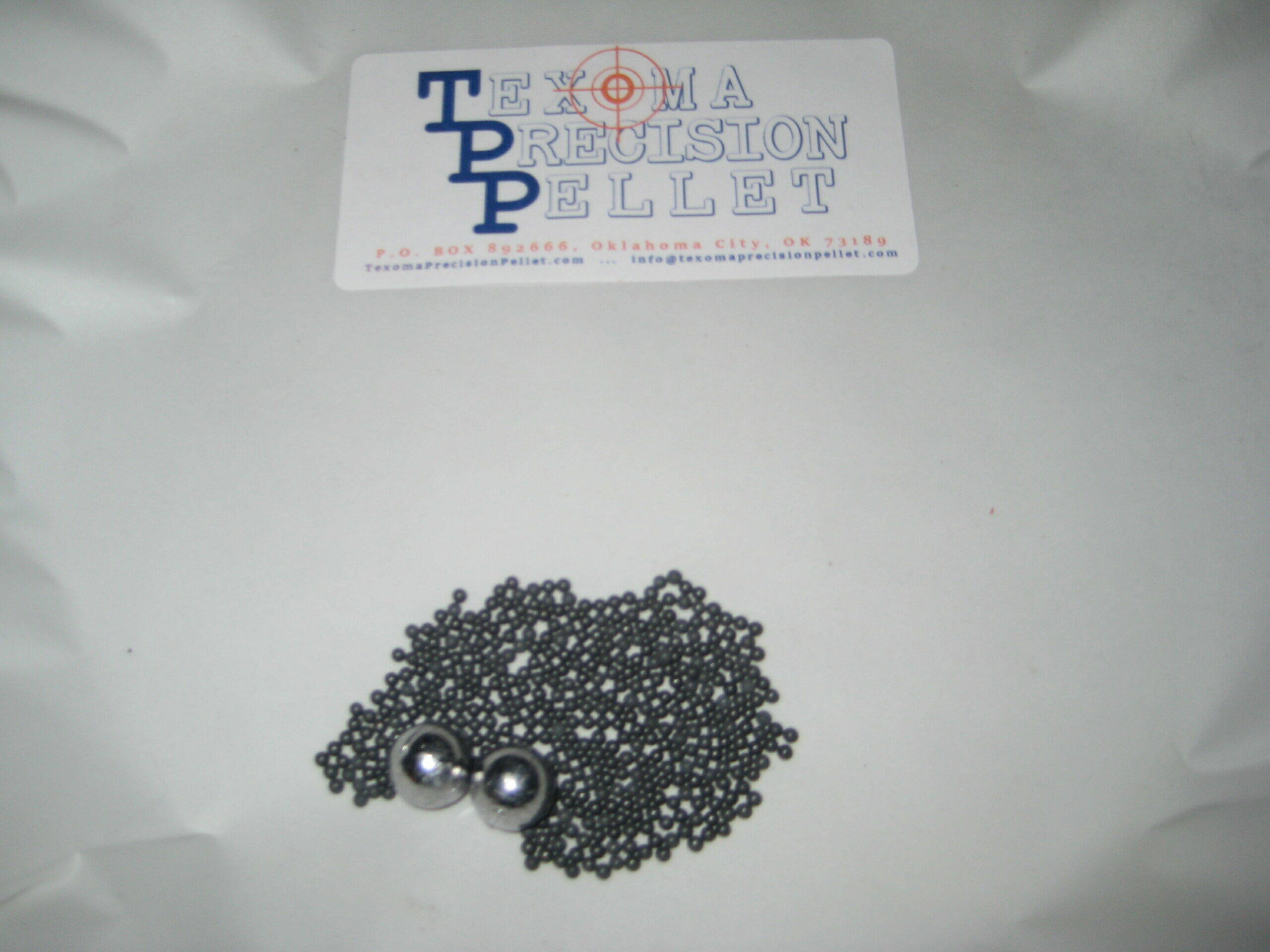I was recently asked about the ballistic gelatin I use and in the past, I have been asked if I use the FBI standard for ballistic gelatin. The short answer is no, the slightly longer answer is no, and mine is slightly more difficult to penetrate.
The longest answer is, no, and here is why. The U.S. standard for ballistic gelatin is 10% gelatin, the NATO standard is 20% gelatin, and then there is synthetic gelatin. My mix is 1 ounce of industrial gelatin to 8 ounces of hydrogen peroxide and a few drops of anti-fungal (Which I normally use in the coolant for my lathe and mill). So my mix is approximately 11.25% gelatin. The reason for this mix is:
- The ease of mixing proportions.
- Slightly more resistance than the U.S. standard. Put another way, if I say my product can achieve 6 inches of penetration, it would do at least that if tested with 10% U.S. standard ballistic gelatin or synthetic gelatin, which as I understand it provides even less resistance than the U.S. standard (I choose to under-promise, and over-deliver).
- The chilled hydrogen peroxide eliminates clumping and bleaches the gelatin blooms for a clearer ballistic gelatin block.
- I tend to remelt and repour my gelatin block repeatedly for a couple of weeks, the anti-fungal gives it a longer shelf life in the refrigerator.
Finally, a word about the use of synthetic gelatin blocks. There was a fairly major test done that compared Gelatin versus synthetic blocks and the synthetic blocks had failures across the board, failed calibration tests, and there was less expansion and more penetration. My takeaway on this was if you were an ammunition maker and wanted to show significant penetration, synthetic ballistic blocks are the way to go. Personally, what I use is both cost driven and I want to stay close to what U.S. law enforcement would use for testing. For an excellent three-part article on this topic, check out the three-part set of articles by Mike Wood on Police1.com
